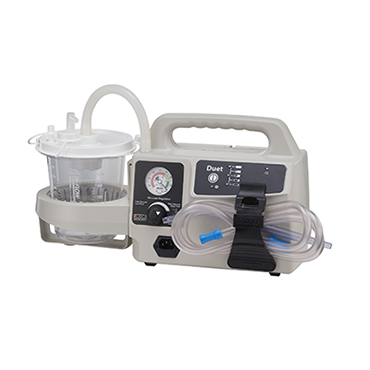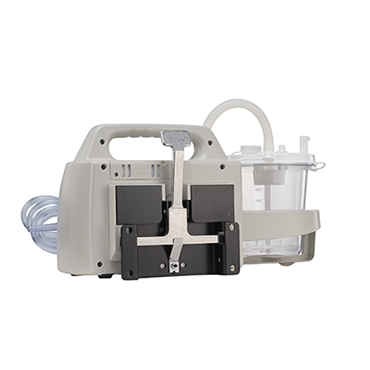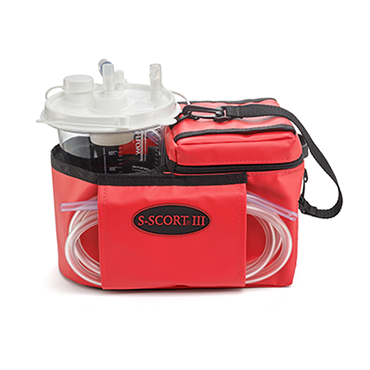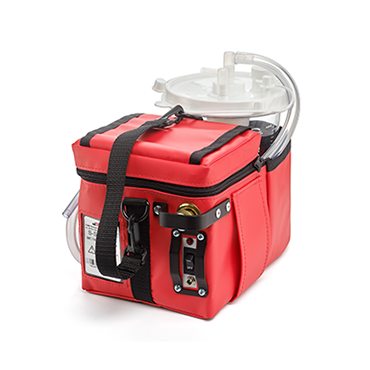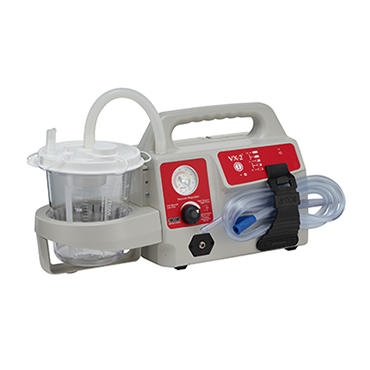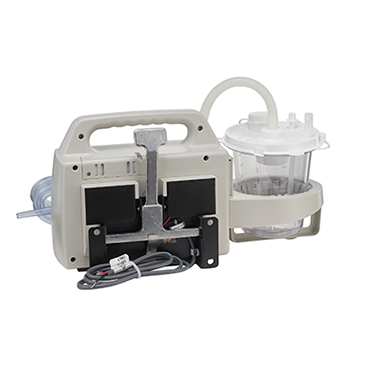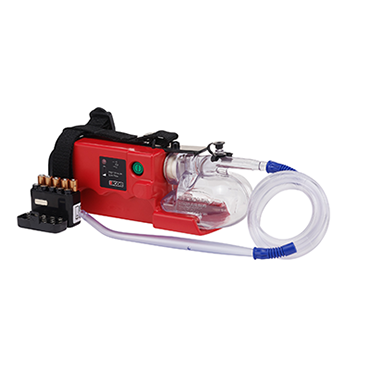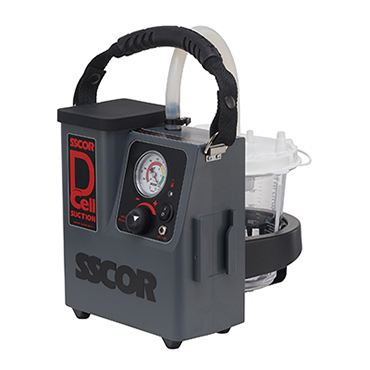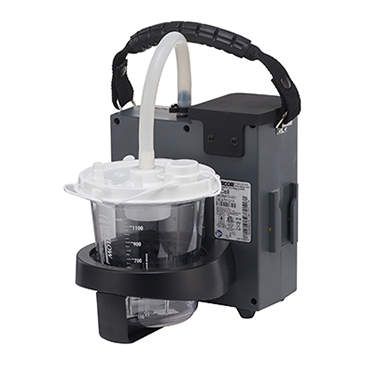
For many first responders, airway trauma is an unusual scenario. Airway trauma accounts for less than 1% of traumatic injuries. Those with little experience managing airway trauma may be reluctant to intervene and lack confidence in their skill. Given the high mortality rates associated with severe airway trauma and the risks involved, first responders must master the art and science of tracheal trauma airway management. Regular drills and continuing education classes can help.
The Type of Injury Matters
Tracheal trauma management begins with a comprehensive patient assessment – the type of trauma matters. Some injuries, such as a puncture wound from a swallowed tooth or a scrape from an endotracheal tube, are relatively minor. Others, such as from a gunshot or knife wound, are life-threatening. Look for objects that have penetrated or lodged in the airway, obstructions caused by airway secretions or aspiration, and signs of broken bones in and around the airway.
Some signs of a severe injury that has severed or disrupted the continuity of the larynx and trachea include:
- Signs of subcutaneous emphysema, such as swelling
- Hoarseness or inability to speak
- Coughing up blood
- Dysphagia
- Dyspnea
- Extensive bleeding from the throat
Common Complications
Severe airway injuries have a high mortality rate and account for 35% of trauma-related deaths in the U.S. First responders must prepare for a quick and competent response as well as transport the patient to an appropriate trauma care center. Some common complications to monitor for include:
- Excessive bleeding, particularly if a penetrating injury damages a blood vessel.
- Aspiration. Patients may aspirate on blood in the airway.
- Sympathetic nervous system issues, including shock.
- Hypoxia. Severe trauma to the airway can fully or partially inhibit a person’s ability to take in oxygen. This can trigger a cascade of other morbidities, including brain damage and shock.
It’s important also to note that airway trauma may occur alongside other traumatic injuries. Some common co-occurring injuries include:
- Spinal cord injuries
- Traumatic brain injuries, including penetrating head injuries
- Broken bones, especially following falls
- Injuries to the organs, especially following gunshots or injuries with weapons such as knives
First responders should assess all patients who have experienced trauma for signs of traumatic airway injuries. In some cases, the initial presenting injury such as a gunshot to an organ—is the less severe injury – it is the airway injury that requires prompt treatment. It’s critical to balance treatment for multiple injuries and to be mindful of the ways one injury can compound another.
Management Techniques
Traumatic airway injuries vary in severity and scope, underscoring the need for a comprehensive assessment before treatment. Suctioning is often the first line of defense because it removes blood and airway secretions. Proper suctioning may also make it easier to assess the patient and the scope of the injury.
Once the wound is visible, assess it to determine the appropriate treatment. Some minor injuries may only require monitoring, while severe injuries may require emergency intervention or surgery.
Traumatic injuries may make some airway management techniques, such as mask ventilation, impossible. When a person shows signs of hypoxia and other airway management strategies fail, a tracheostomy may prove life-saving.
When managing tracheal trauma, you must have quality suction equipment that delivers consistent suctioning. It’s equally important that the equipment can be transported patient-side, particularly if the patient may have a spinal cord injury.
The right portable suction machine supports the management of tracheal trauma and may save lives and reduce morbidity. Our free guide, The Ultimate Guide to Purchasing a Portable Emergency Suction Device, can help you select the right airway suction machine for your agency.
Editor's Note: This blog was originally published in January, 2019. It has been re-published with additional up to date content.








